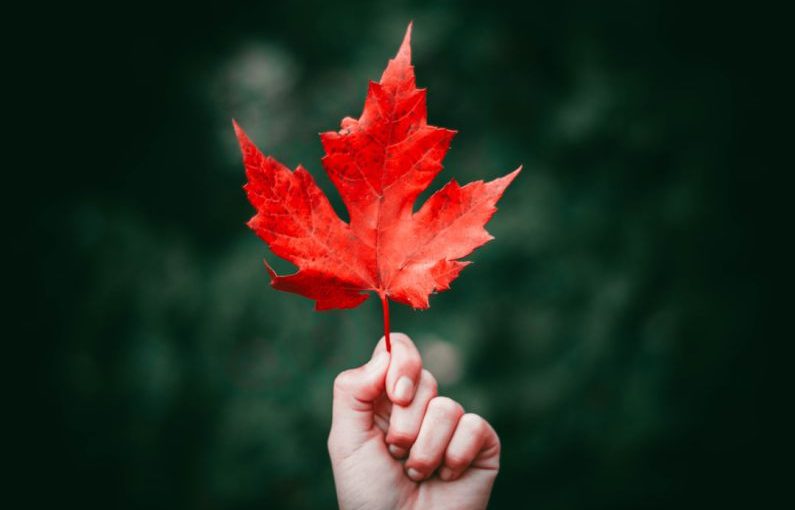Maple sugar, a natural sweetener produced from the sap of sugar maple trees, has been a cherished ingredient in North American cuisine for centuries. The process of transforming sap into the delectably sweet substance involves several steps that highlight the beauty of nature’s bounty and the skilled craftsmanship of those who harvest and refine it. Let’s delve into the fascinating journey of maple sugar, from the tree to your table.
Tapping the Trees
The journey of maple sugar begins in late winter or early spring when the temperatures fluctuate above freezing during the day and below freezing at night. This fluctuation creates pressure within the sugar maple trees, causing the sap to flow. Skilled maple syrup producers, known as sugar makers, carefully tap the trees by drilling small holes into the trunks and inserting spouts to collect the sap. The sap that drips from the spouts is clear and slightly sweet, resembling water more than the rich syrup it will eventually become.
Collecting and Boiling the Sap
Once the sap is collected in buckets or through a tubing system, it is transported to a sugarhouse where the transformation into maple sugar begins. In the sugarhouse, large evaporators are used to boil the sap, a process that requires careful attention to prevent scorching and ensure the right consistency. As the water in the sap evaporates, the sugar content increases, and the liquid gradually transforms into a thick, amber-colored syrup.
The Art of Sugaring Off
After hours of boiling, the syrup reaches the desired sugar content and is ready for the final stage of transformation known as sugaring off. In this process, the syrup is heated to a higher temperature until it reaches the crystalline stage, resulting in the formation of maple sugar. The sugar makers carefully monitor the temperature and stir the syrup to encourage the formation of fine sugar crystals. The result is a sweet, granulated sugar with a distinct maple flavor that is perfect for baking, cooking, or simply sprinkling on top of your favorite dishes.
The Versatility of Maple Sugar
Maple sugar is a versatile ingredient that can be used in a variety of culinary applications. Its rich, caramel-like flavor adds depth to both sweet and savory dishes, making it a favorite among chefs and home cooks alike. From maple sugar cookies and cakes to glazed meats and roasted vegetables, the possibilities are endless when it comes to incorporating this natural sweetener into your cooking repertoire.
Sustainability and Tradition
Beyond its delicious taste, maple sugar production also highlights the importance of sustainability and preserving traditional practices. Sugar makers work in harmony with the environment, ensuring that the trees are not harmed during the tapping process and that the forests are managed responsibly to ensure the long-term health of the sugar maple trees. The art of maple sugaring has been passed down through generations, with many producers following time-honored techniques that have been refined over centuries.
Celebrating Maple Sugar Season
In North America, the arrival of maple sugar season is a cause for celebration, with festivals and events dedicated to showcasing the beauty and flavor of this natural sweetener. Visitors can tour sugar shacks, watch demonstrations of the sugaring process, and sample an array of maple products, from syrup to candies to maple sugar-coated nuts. These events not only provide an opportunity to enjoy the taste of maple sugar but also to appreciate the hard work and dedication that goes into producing this beloved ingredient.
Embracing the Sweetness of Maple Sugar
Maple sugar, with its rich flavor and natural sweetness, is a true gift from nature that captivates the senses and delights the palate. From the tapping of trees to the sugaring off process, each step in the production of maple sugar reflects a deep connection to the land and a commitment to preserving traditional methods. So, the next time you enjoy a sprinkle of maple sugar on your morning oatmeal or a drizzle of maple syrup on your pancakes, take a moment to savor the sweetness and remember the journey it took to reach your plate.





